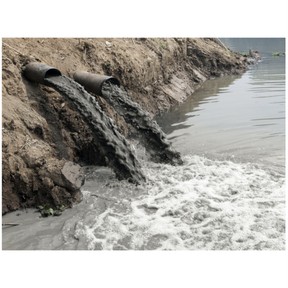
Human Impacts on Earth's Systems
I can explain how human activities impact the Earth.



8,000 schools use Gynzy
92,000 teachers use Gynzy
1,600,000 students use Gynzy
General
Students learn how human activity affects the Earth, leading to deforestation, climate change, and pollution. They will also explore how individuals and communities can take steps to help protect Earth’s resources and environments.
Standards
NGSS:
5-ESS3-1
Learning Objective
Students will be able to explain how human activities in agriculture, industry, and everyday life have had major effects on the Earth.
Introduction
Show students the pictures on the board and discuss what impact each of these images shows. Then explain how human activities can have lasting effects on the land, air, and ocean. After this, watch the video and discuss it.
Instruction
Explain what is meant by “agriculture,” “industries,” and “everyday actions.” Share the possible negative and positive effects of these actions. This includes deforestation, climate change, and pollution. Explain that climate change can lead to extreme weather and melting ice. Discuss some of the effects of deforestation and pollution on the Earth. Alternatively, discuss the positive actions humans can take, like sustainable farming practices, recycling, and reforestation. Share some examples of human activities and decide if they will lead to a positive or negative impact on the environment. Then have students drag the human activity onto the scale and discuss their decisions. Finally, spin the wheel and describe a positive and negative impact from the human activity you land on.
Quiz
Students respond to ten multiple-choice, true or false, and fill-in questions.
Closing
Students will create a plan for a solution to one of the negative impacts on the Earth. You may choose to have them work in groups or with a partner.
The online teaching platform for interactive whiteboards and displays in schools
Save time building lessons
Manage the classroom more efficiently
Increase student engagement
Discover more!
About Gynzy
Gynzy is an online teaching platform for interactive whiteboards and displays in schools.
With a focus on elementary education, Gynzy’s Whiteboard, digital tools, and activities make it easy for teachers to save time building lessons, increase student engagement, and make classroom management more efficient.



